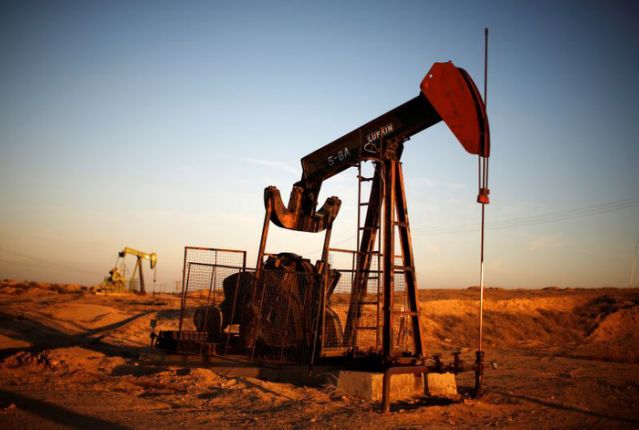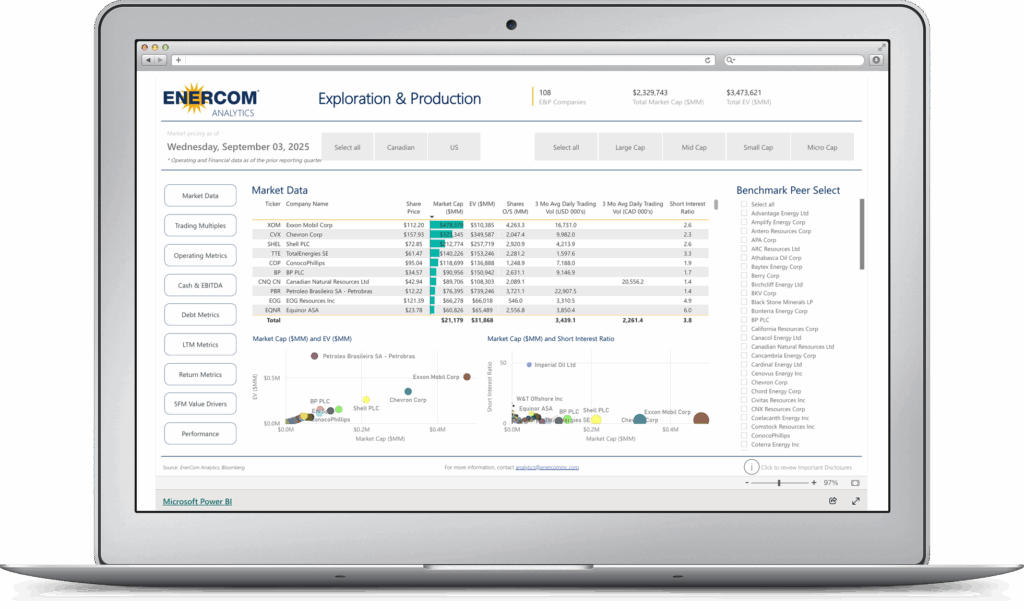LONDON – Hedge funds sold petroleum for the second week running as crude prices topped $65 a barrel, the highest level since before the COVID-19 pandemic.

The equivalent of 11 million barrels in petroleum futures and options were sold by hedge funds and other money managers in the week ending March 2, according to records published by regulators and exchanges.
Funds have sold a total of 20 million barrels over the two most recent weeks after purchasing 548 million barrels over the previous 15 weeks since the announcement of successful trials of COVID-19 vaccines in early November.
In the latest week, there were small sales of Brent (-4 million barrels), NYMEX and ICE WTI (-3 million), European gasoil (-5 million) and U.S. gasoline (-2 million), with a small amount of U.S. diesel buying (+3 million).
Prior to sales over the last two weeks, the combined position across all six contracts had reached the 82nd percentile for all weeks since the start of 2013 – a lopsided position that remains little changed.
Bullish long positions outnumbered bearish short ones by a ratio of more than 6:1, the most since the start of 2020 and before that May 2019, though the ratio has since declined to 5.5:1.
With hedge funds already very heavily invested in oil contracts, especially crude, and prices topping pre-pandemic levels, the inflow of fresh buying has slowed gradually in recent weeks.
Some funds are now taking profits on former long positions or initiating new short ones, anticipating a temporary price peak.
(Chartbook: tmsnrt.rs/3rsoFik)
The heaviest selling has occurred in U.S. gasoline, where funds have sold the equivalent of 31 million barrels since the end of January, reducing their total position from 86 million to 55 million barrels.
Bullish gasoline long positions now outnumber bearish short ones by a little more than 3:1, down from almost 10:1 in the middle of January.
Strong recovery and growth in global consumption of distillates is expected to drive an upturn in refinery processing rates and result in surplus gasoline production as a co-product.
[contextly_sidebar id=”dsAwrq23tdWwhtJVGYmmMeEfba2YjGps”]






